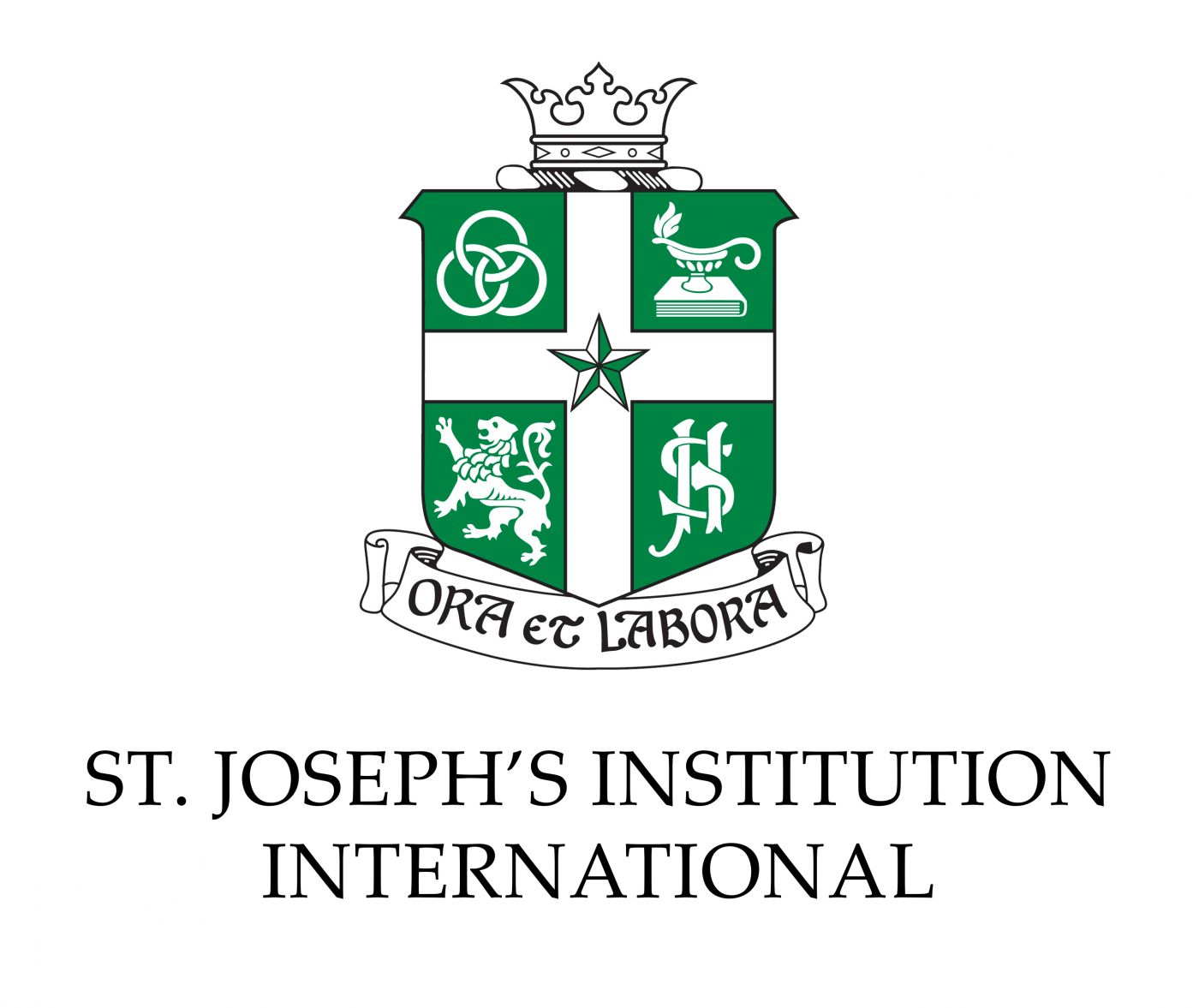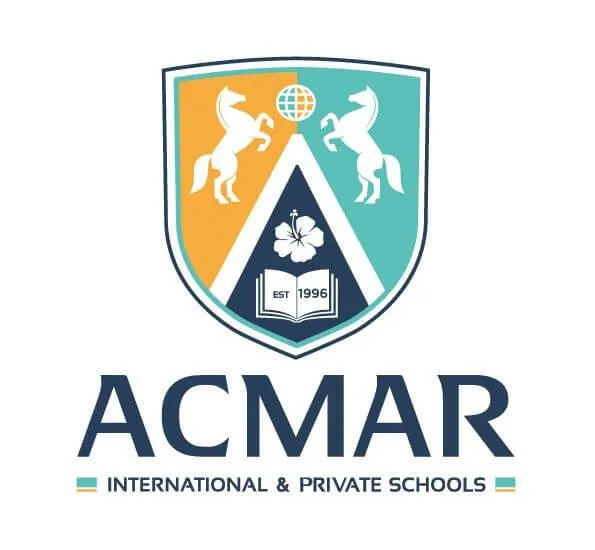How many international schools are in Malaysia?
ISC Research data from January 2020 identifies 287 international schools in Malaysia teaching a total of 107,100 children in the language of English (English-medium) or bilingual, where English is one of the main languages of learning. The number of international schools has grown by 43% in just six years, when Malaysia had 96 schools. New international school development has mostly occurred in the Klang Valley region and Putrajaya, and enrolment demand has been particularly notable for the mid-priced schools.


















